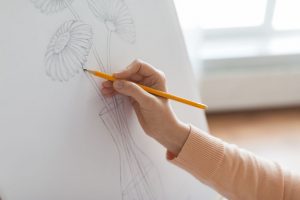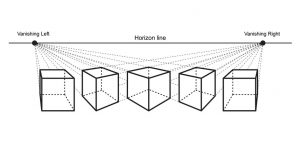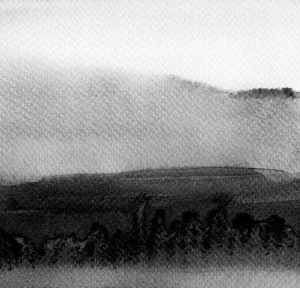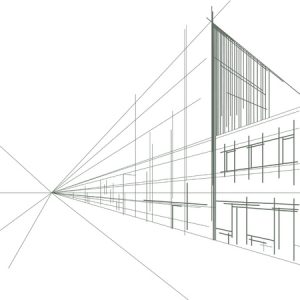Drawing from your imagination can be harder than you think. If you sit an apple down in front of you, you can see for yourself how the light falls across its surface, or how its shadow stretches out across the table. When drawing from your imagination, however, you need to make up for yourself how those lights and shadows affect the apple without it appearing fake.
While learning how to draw from your imagination can be difficult at first, it’s not impossible with a little bit of practice. Here are some tips to get you started:
Use real life observations
Having a solid understanding of how the real world looks and works can help you when drawing from your imagination. Even if you’re drawing a creature that doesn’t exist, like a dragon, you still need an understanding of wing anatomy or how scales shimmer in the light in order for your drawing to appear realistic. Study the anatomies, lights, and shades of similar objects to get a further grasp of what your own object may look like.
Have a firm understanding of linear perspective
Linear perspective is a crucial technique for any artist to learn. It helps in making a two-dimensional setting look three-dimensional. Without a firm understanding of this concept, you won’t be able to make any drawing—based on real life or not—look realistic. Mastering linear perspective, then, will get you one step closer to learning how to draw from your imagination.
Understand light and value
In addition to mastering linear perspective, you should also master light and value. Being aware of how light travels and alters an object can help you create a realistic object. Additionally, understanding value is a key element in creating meaningful art. It will teach you how dark or light a certain color appears in a certain situation.
With time and practice, anyone can learn how to draw from their imagination. However, it always helps to have a teacher guiding you through the process. At Creative Ventures Gallery, our art classes and art workshops can help. Contact us today to learn more.









